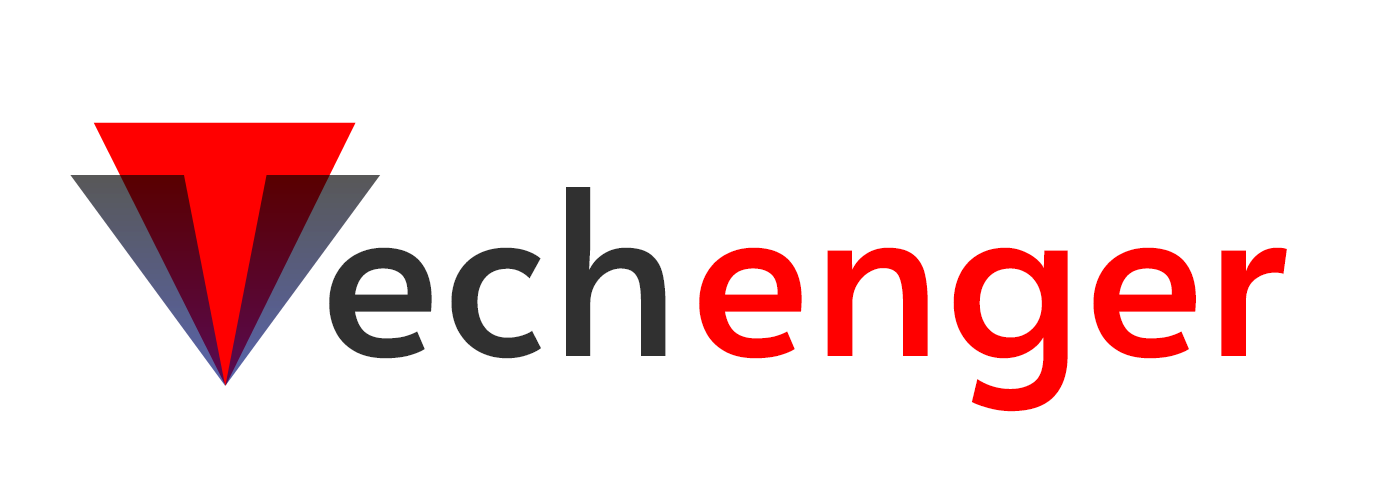One of the common challenges content marketers face is knowing what to write about. You can solve this problem by focusing on SEO keyword search. A gap analysis in your content is one of the best ways to find existing gaps. This will help you come up with content ideas that will attract potential customers, increase conversion rates and provide more value to your audience. So, how do you conduct a content gap analysis effectively to improve the SEO of your website?
Table of Contents
Defining a content gap analysis
A content gap analysis involves finding loopholes in your current content. It involves identifying missing pieces in your content that could align with the different stages of your audience’s journey. Analyzing existing content allows you to see what you are missing out that could guide your audience to the purchasing point.
You’ll likely discover more keywords that you aren’t taking advantage of with your existing content. A content gap analysis involves auditing your blog articles, webpages, eBooks, social media content, landing pages, and other content assets. Running a content gap analysis is essential if you want to find and fill existing holes in your content to make it easier for users to find your website and purchase from you.
Your content and the customer’s journey
Not everyone who visits your website will be ready to buy from you. Most of the time, they’ll be looking for new information, comparing their options, or shopping with a specific price in mind. You should aim at creating content at each stage of your buyer’s journey.
Most brands focus on publishing informational content in form of blog posts to attract more visitors and increase their conversion rates. However, this creates gaps that might lead to the disappearance of people who are considering several options. You’ll have to figure out if you have content for the different customer buying stages.
Awareness pages commonly use keywords that relate to a specific problem that your audience is facing. This content aims at addressing problems and offering information. However, this content is not aimed at converting readers into loyal customers.
Next is the consideration stage where people compare several solutions to the problem at hand. They might read reviews, comparison guides, or best of articles. Creating content that compares your product or service to your competitor or lists the problems that your brand can solve in one post.
The decision stage contains lots of money pages. They include service pages, and sales pages to name a few. They serve as the final point before a user makes contact or purchases from you. These pages tend to be more branded than your content in previous stages.
Finally, Success content helps in reassuring customers that your product or service will solve their problem and enable them to achieve their goals. A Thank you page or a follow-up email sequence that links them to support or asks them to share a review can do wonders.
A content gap analysis will help you identify whether you have content at each stage of the buyer’s journey. Having content in all stages will lead to more conversions and help you achieve your goals.
Conducting a content gap analysis
Content gap analysis involves more than looking into your blog posts to find out whether you are missing out on any amazing content ideas. With the simple process that we are going to outline, you’ll easily find the gaps in your existing content and fill them to achieve your goals.
1) Describe the buyer’s journey
What steps does your target audience need to cover to get from point A to C? Think of the questions that your readers have, the options on the table, what they are searching for, and the call to action that will compel them to initiate contact. For instance:
- A business manager might be struggling to manage his or her finances.
- The manager searches, “How to manage business finances”.
- The search brings up several articles that cover the best tips to manage finances. They click one of the articles.
- The article provides great tips, one of them involving the use of accounting and bookkeeping software.
- The manager goes ahead and searches for the best bookkeeping software.
- Posts on the best bookkeeping software providers appear.
- The business manager searches for two companies listed on the post together with their pros and cons.
- After choosing the ideal company for them, they are directed to the sign-up page and they sign up for a free trial.
- After a week or two, the company does a follow up where the manager receives a sequence of emails aimed at promoting the bookkeeping software.
- Since the business owner loved the software, they choose to sign up for a paid subscription.
In this example, you can see that there are lots of great opportunities to create content at different stages of the buyer’s journey. You should start by describing the buyer’s journey and discussing the products or services that you can offer.
2) Do your market research
To come up with amazing content ideas that align with the interests of your audience, you need to figure out what they want. A market research survey will allow you to know your audience’s concerns, burning questions, goals, and needs. This feedback will help you come up with an effective content strategy. You can consider using Google Forms to create a set of questions that target your audience. Some of the questions that you should include in your survey are:
- What queries do you have about a specific topic?
- What problems do you face in a particular area/topic?
- What solutions have you used in the past?
- Why weren’t these solutions effective?
- What are the top things that you look for in a product/service?
- Where do you search for or find solutions for a specific product or service?
- What determines whether you’ll choose solution A or solution B?
The responses that you’ll get from this survey will provide you with lots of content ideas that are aligned with the needs and concerns of your potential clients.
3) Look at the content on your site
It’s highly likely that your brand publishes and shares content across different platforms. If this is the case, you’ll need to ensure that your content aligns with your customer’s journey and doesn’t leave gaps that will lead to the disappearance of potential customers.
Look at all the URLs on your website and find out how they align with every stage. Once you do this, you’ll easily determine whether there is missing content that needs to bridge the gap between the different customer stages.
Another great way to find gaps on your website is by using SEO tools to discover the keywords that your website is ranking for. As you search for these keywords, you can find other related keywords that you might not be targeting with the content that already exists. You need to take advantage of the available opportunities to increase traffic and conversion rates.
4) Analyze the content of your competitors
To discover what’s missing from your site, you need to use the elimination process in most cases. However, another great way to find additional gaps is by looking at the activities of your competitors and comparing them with the performance of your site. If the funnel of your competitor is similar in many ways to yours, you need to look at the content that they’ve created to make it easy for users to move from one stage to another. Do their posts direct readers to a contact page immediately? Or do they have additional content that informs the user before they buy like FAQ pages, case studies, and comparison guides?
While what works for your competitors might not work entirely for you, you need to look at the things that you should include in your strategy to improve your productivity and performance. There are lots of SEO tools in the market that will help you discover the keywords that your competitors use and align them with fresh content ideas.
People Ask:
What is content marketing
After doing a content gap analysis, you need to learn more about content marketing. Content marketing is essential if you want to attract potential customers, get more sales, and increase the size of your enterprise. You need to understand the basics of content marketing and best practices that will separate you from the competition. Content marketing is the practice of generating interest in products or services offered by a business by creating value for clients through informative and engaging content. Content marketing is an essential component of any successful business.
Content marketing is at the heart of every type of customer interaction in the online world. From the search to the conversion stage, content helps consumers in making important decisions. Content marketing helps businesses to maximize their investment returns by ensuring that each content asset – be it an email, blog post, video, or infographic reaches a relevant and receptive audience.
Purpose of content
Why do create content? Do you publish content to keep your platform active? Or to ensure that Google sees your content regularly? Creating content for the wrong reasons can lead to significant wastage of resources. All the pieces of content that you produce should have a purpose. Your content should be focused on specific marketing goals. Successful content creators produce content for the following reasons:
1) To educate an audience
Content is pure marketing material. This means that you need to create content to encourage potential customers to buy from you.
2) To boost social engagement levels
Most brands use social media to increase brand awareness and levels of engagement. Since video content performs better compared to other formats across different social platforms, that’s what you need to focus on as a content creator, said John O. from mimy blog.
Conclusion
Most business owners and marketing managers fall into the trap of focusing on the finance pages to boost sales or to publish lots of informative posts to attract readers’ attention. You need to focus on these areas and bridge the gap that exists between these stages. Conducting a content gap analysis is essential if you want to find and seal holes in your current content strategy.




